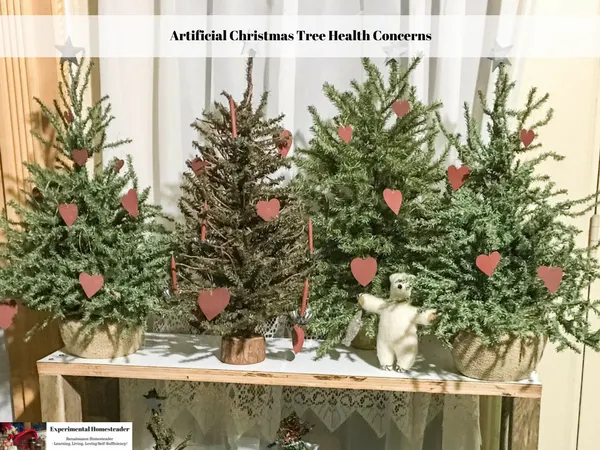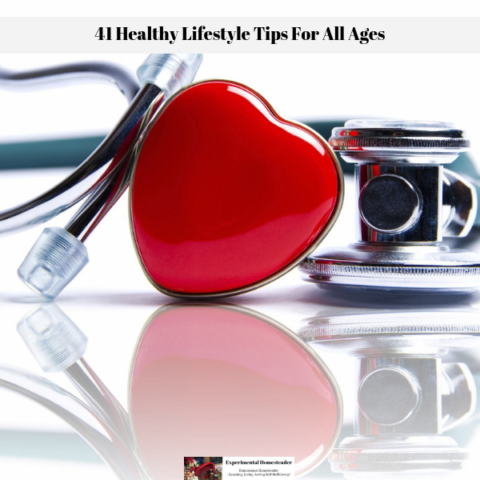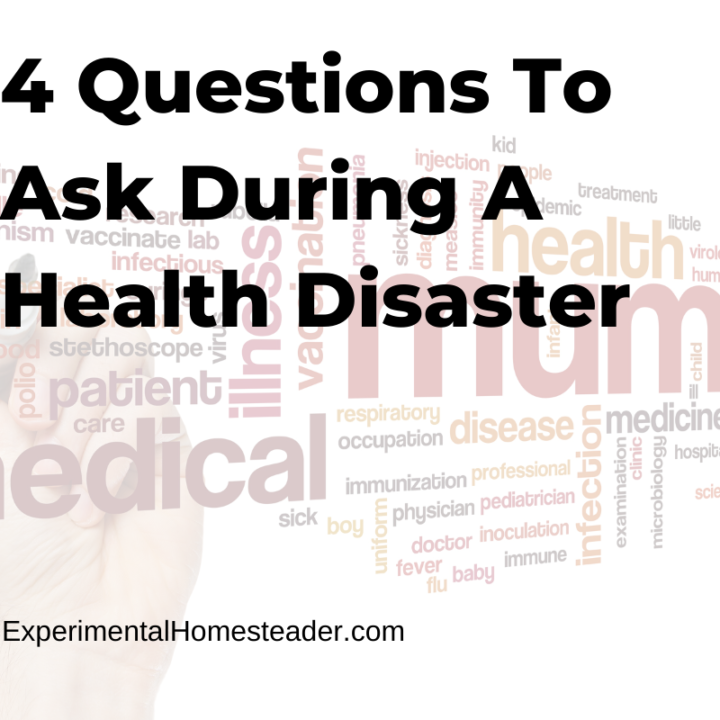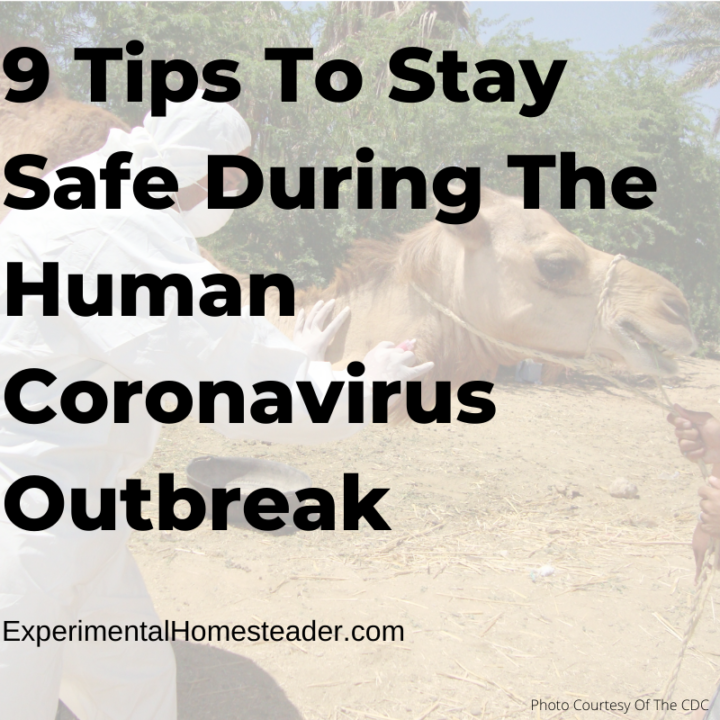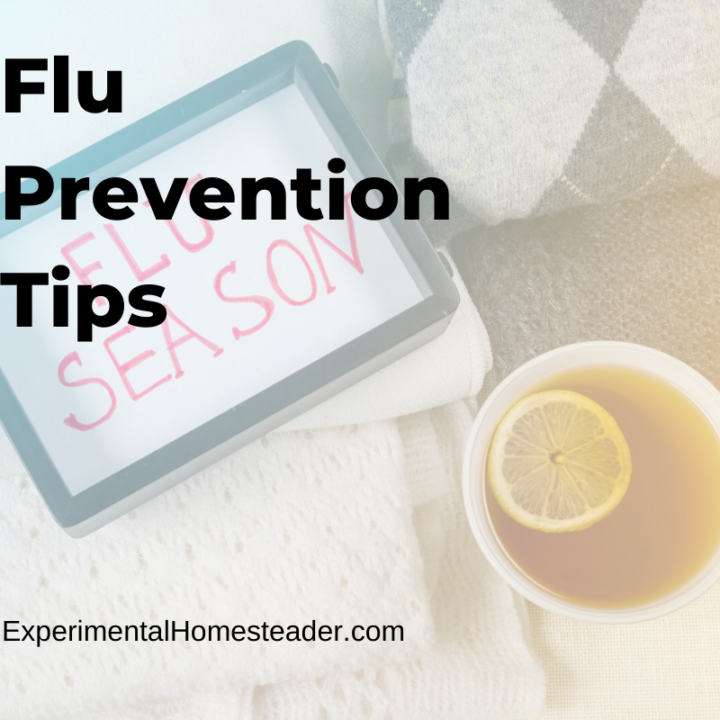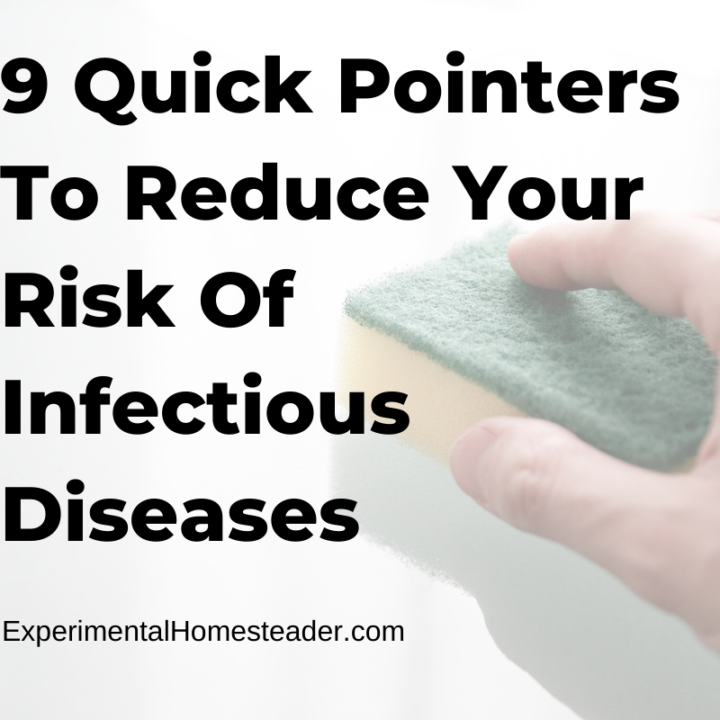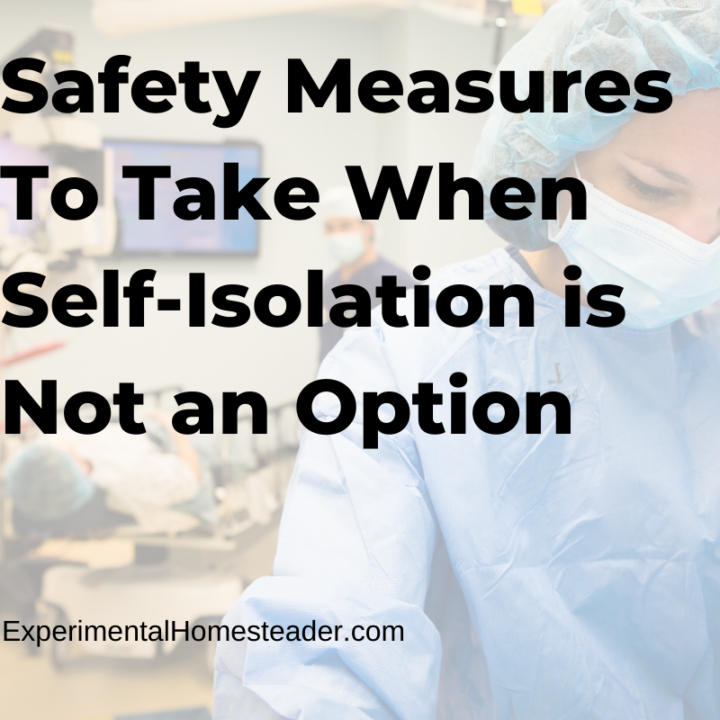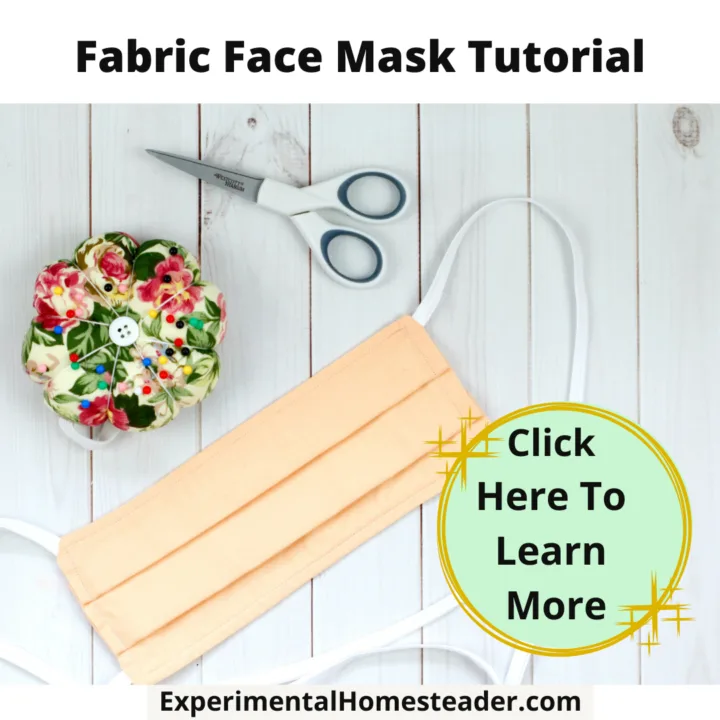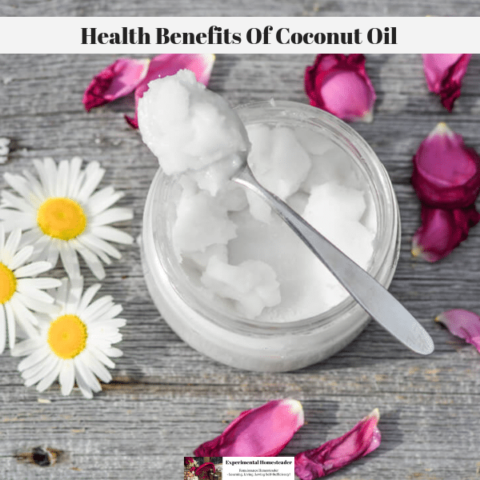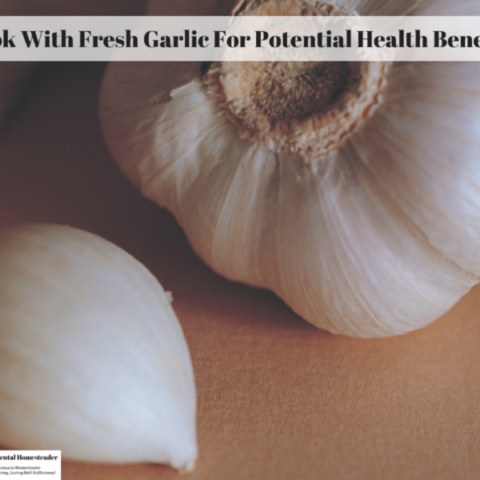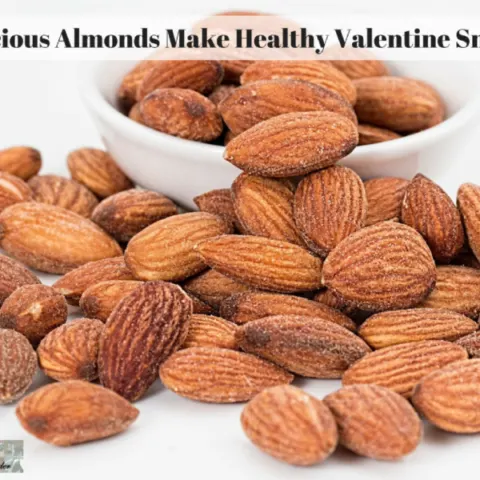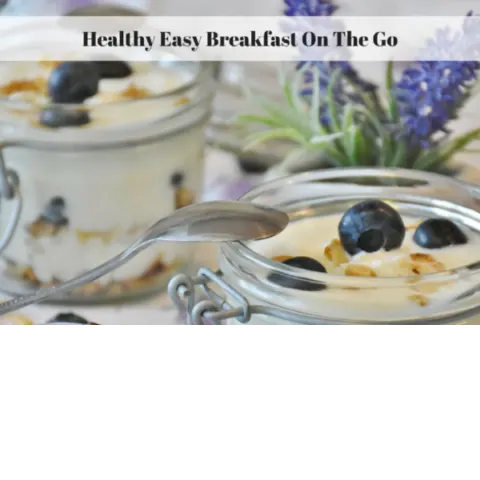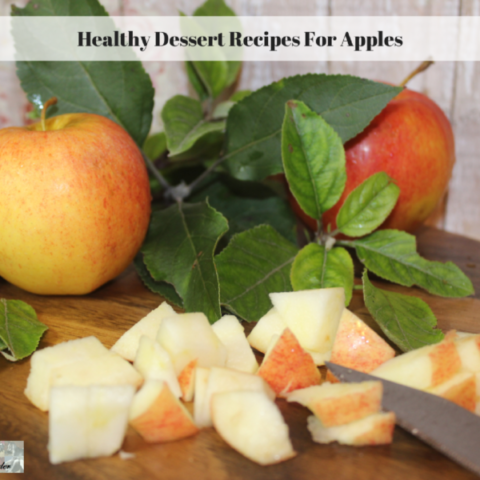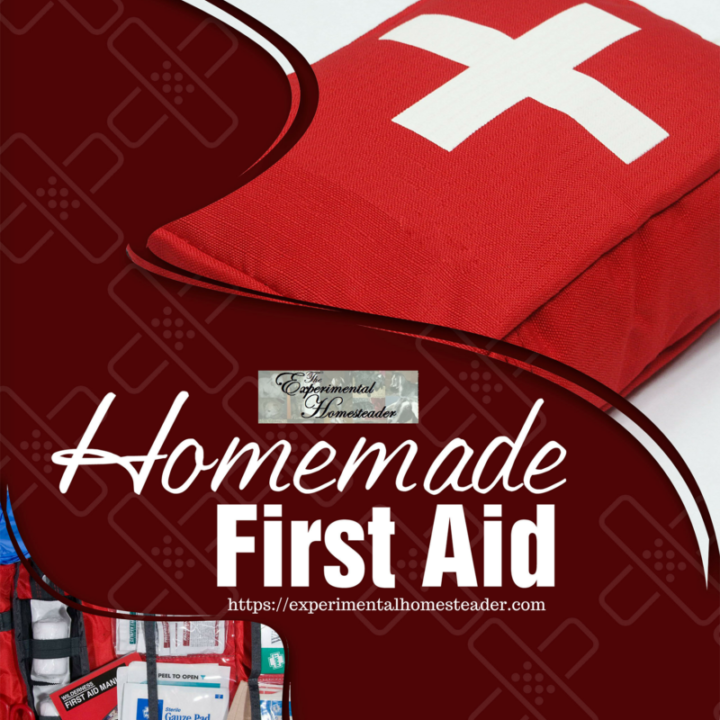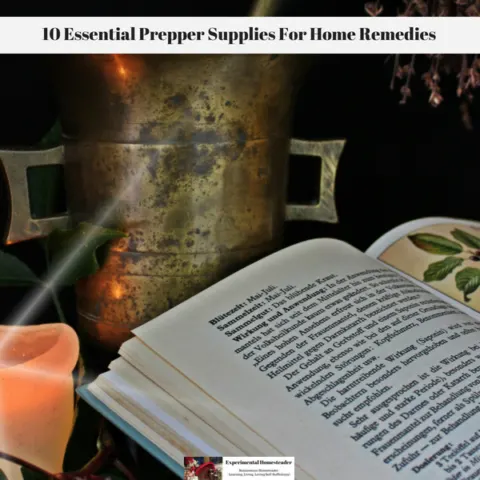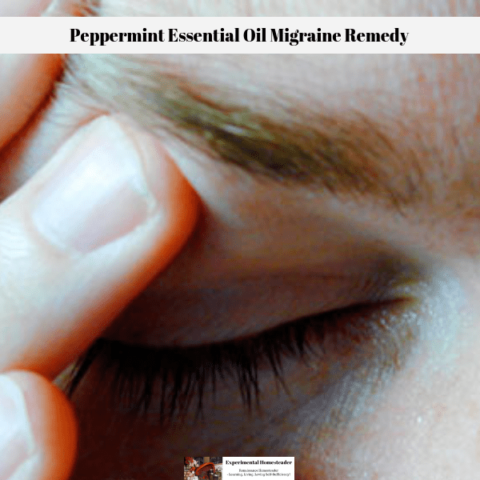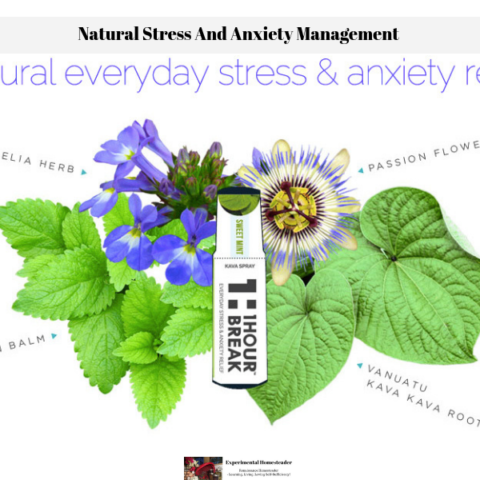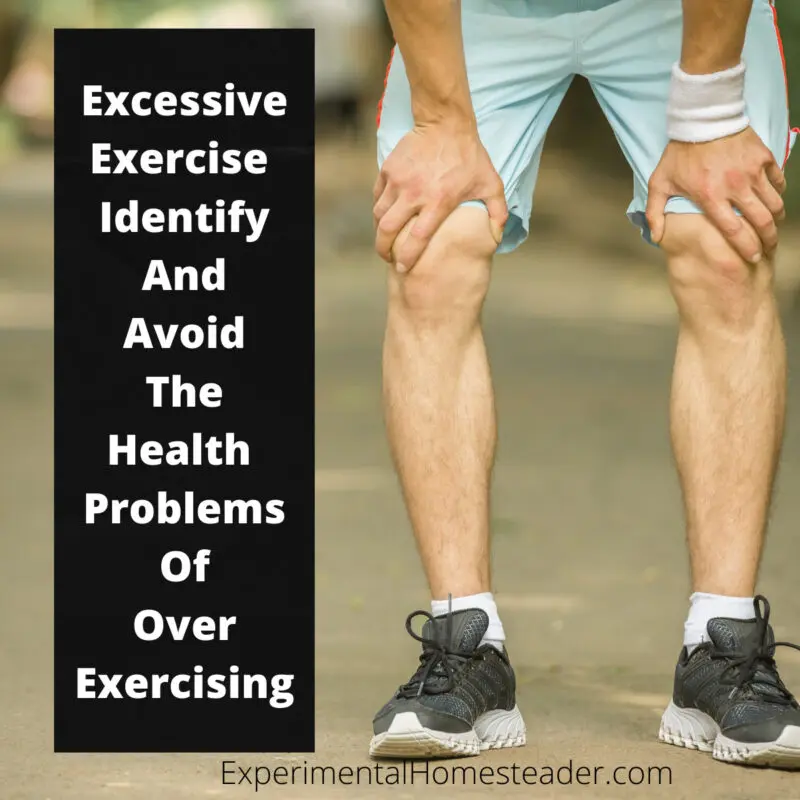Have you ever wondered about artificial Christmas tree health concerns and how they could affect your home during the holidays?
I sure didn’t—until I dug a little deeper.
Like many homesteaders, I picked an artificial tree to avoid allergens and falling needles, thinking it was the safer, greener option.
But what I uncovered surprised me.
If you’re like me—trying to balance cozy traditions with natural, toxin-free living—then it's worth pausing to explore what might be lurking in that festive centerpiece.
Why Some Families Choose Artificial Trees
Many people turn to artificial trees because they suffer from allergies or want to avoid the mess of falling needles.
They can also be more budget-friendly over time and eliminate the guilt of cutting down a real tree each year.
But... what if those plastic trees are doing more harm than good?
Let’s take a look at the lesser-known health risks.
Common Health Concerns with Fake Christmas Trees
Chemical Warning Labels on Artificial Trees
Some artificial trees come with a label warning about their chemical content—particularly lead, which is known to cause birth defects and neurological damage.
These labels often include this alarming instruction: “Wash hands after handling.”
That’s a big deal when you think about how much you, your kids, and even your pets interact with the tree while decorating it.
The Dangers of PVC (Polyvinyl Chloride)
PVC is one of the primary materials in artificial trees—and it’s one of the most toxic plastics out there.
-
It releases dioxins when burned, which are known carcinogens (especially linked to breast cancer).
-
Hot lights against those synthetic branches? Could be releasing vapors without you even realizing it.
-
PVC is softened with phthalates, which are hormone disruptors and are linked to childhood allergies and autism.
-
It can also emit vinyl chloride, a chemical tied to liver cancer.
And here's the kicker—PVC products don’t break down naturally, can’t be recycled easily, and release toxins when burned.
Lead Exposure from Older Trees
Lead was commonly used as a stabilizer in older PVC-based artificial trees.
Even though regulations have changed, many trees still in circulation—especially those manufactured before 2009—may still contain lead.
And yes, that dust that settles on the branches?
It can contain trace amounts of lead too.
Dust and Indoor Allergens
Artificial trees collect dust during storage and use—and cleaning them thoroughly is no easy task.
That dust can settle on ornaments, gifts, and even make its way into your HVAC system, especially if you store the tree in the attic or basement.
🍃 Stay Winter-Ready on the Homestead
Winter storms can catch even seasoned homesteaders off guard. Grab my FREE Winter Storm Survival Checklist and get practical tips sent straight to your inbox.
Tips for Using Artificial Trees Safely
If you already own an artificial tree and want to continue using it, here are some homestead-safe tips:
-
Wear gloves when assembling or fluffing your tree.
-
Wipe branches with a damp cloth before decorating.
-
Vacuum around the tree regularly to control dust.
-
Store it in an airtight container—not the original cardboard box.
-
Avoid placing it near heat sources or windows.
Recommended Tools and Safer Alternatives
Here are a few tools and toxin-free ideas I use on my own homestead to reduce risk and keep the holiday season safe and meaningful.
Tree Storage Bag with Zipper & Handles
Avoid those dusty cardboard boxes. A heavy duty storage bag protects your tree from dust, moisture, and pests all year long.
Flameless LED String Lights
If you’re still using old plug-in lights, it’s time for an upgrade. These LED string lights stay cool—reducing the risk of off-gassing from heat-sensitive PVC.
Home Lead Test Swabs
Want peace of mind? These simple lead test swabs let you check for lead on older trees and ornaments.
Potted Rosemary Christmas Tree
A beautiful, fragrant alternative to plastic trees, a live potted rosemary tree can be planted or cut the branches to cook with it after the holidays.
DIY Felt Ornament Kit
Crafting your own felt ornaments is a fun, low-toxin activity for families—and keeps plastic off the tree.
Safer, Healthier Holiday Alternatives
If you’re not committed to your current tree, consider these:
-
A potted live evergreen that can be planted outside after the holidays.
-
A foraged branch display from your property (pine, cedar, juniper) for a rustic touch.
-
A handcrafted tree made of fabric, felt, or reclaimed wood—perfect for crafty homesteaders!
-
A tabletop rosemary bush or Norfolk pine—bonus: they’re edible or air-purifying!
Real Talk from the Homestead
I know it’s hard to shift traditions—we hold onto the things that make us feel like “home.”
But learning about these hidden dangers helped me make safer choices not just for my household, but for the planet, too.
Even on the homestead, we sometimes overlook what's right in front of us—especially when it’s disguised as holiday cheer.
And here’s something I wish I’d known sooner: those winter holidays come with real risks if we’re not paying attention.
That’s why I created my Winter Storm Survival Checklist—a free printable designed for homesteaders like us who want to be fully prepared.
Whether you’re dealing with snow, ice, or power outages, this list will help you cover your bases.
🎁 FREE Winter Storm Survival Checklist
Want to be better prepared this winter? Sign up below to get my FREE printable checklist plus weekly homesteading tips, tools, and stories from my farm.
What I’ve Learned—and What I Hope Helps You Too
Artificial Christmas tree health concerns aren't just hypothetical—they're real risks that affect families every year.
Whether it's toxins from PVC, lead dust, or even simple mold and mildew from poor storage, it's worth taking a closer look at what you're bringing into your home.
On the homestead, we value intention, sustainability, and health.
Let's carry that same mindset into the holidays.
If this post helped you, be sure to:
-
Share it with a friend who might be decorating soon
-
Pin it for later on Pinterest
-
Grab your free checklist above!
And hey, I'd love to hear what kind of tree you use in your home!
Do you go real, artificial, or make your own?
Drop me a comment or message—I read every one!
Tips For Staying Healthy
41 Healthy Lifestyle Tips For All Ages
These 41 healthy lifestyle tips for all ages are broken down into small bite size chunks that anyone can do, plus learn how I managed to make changes.
4 Questions To Ask During A Health Disaster
There seems to be a new health disaster every year! Find out what 4 questions to ask during a health diaster to keep your family safe. #healthdisease #emergencypreparedness #emergencyreadinessplan
9 Tips To Stay Safe During The Human Coronavirus Outbreak
These 9 coronavirus outbreak safety tips are sure to help keep you and your family safe during this rapidly spreading pandemic.
Flu Prevention Tips
Learn about some simple flu prevention tips to help you and your family stay healthy this winter. Plus get the facts on just how serious the flu really is.
9 Quick Pointers To Reduce Your Risk Of Infectious Diseases
Follow these nine quick pointers to help reduce your risk of infectious diseases, including those that are on their way to becoming a pandemic.
Safety Measures To Take When Self-Isolation is Not an Option
Learn what to do when self-isolation is not an option because the company you work for does not shut down or you are considered an essential worker.
Fabric Face Mask Tutorial
This fabric face mask tutorial will teach you how to quickly make your own face masks using a sewing machine and your choice of fabric.
DIY Face Mask: More Than Just Pandemic Protection
Unlock the DIY face mask world: no sew, molded styles, and more. Crafting tips and FAQs await in our guide.
Health Benefits Of Coconut Oil
There are a number of health benefits of coconut oil for both humans and pets. Learn about these health benefits plus how to use and store coconut oil.
Cook With Fresh Garlic For Potential Health Benefits
There are many reasons to cook with fresh garlic. Have you ever wondered why garlic is good for you? Read on to learn more about the importance of garlic.
Valentine's Day Healthy Party Snacks
Healthy party snacks are ideal for kids and adults alike. This Valentine's Day skip the candy and try delicious healthy snacks instead.
Delicious Almonds Make Healthy Valentine Snacks
Almonds are one of the best delicious healthy snacks around. They are great for everyday or add them to your healthy valentine snacks list.
Healthy Easy Breakfast On The Go
Check out these healthy easy breakfast on the go ideas. There are many breakfast menu options that taste great and are an easy on the go breakfast.
Healthy Dessert Recipes For Apples
Try these dessert recipes for apples the next time you want a delicious healthy snack. These simple apple dessert recipes taste great!
What To Pack In A Children's First Aid Disaster Survival Kit
Knowing what to pack in a children's first aid disaster survival kit is important, even if you don't have children. These kits are handy in emergencies.
Homemade First Aid Kit
Have you ever wondered how to make your own homemade first aid kit using natural products? Then this is the book you need!
10 Essential Prepper Supplies For Home Remedies
Emergencies such as natural distasters are happening at an alarming rate these days. Be prepared by stocking up on these supplies for home remedies.
Peppermint Essential Oil Migraine Remedy
Using a peppermint essential oil migraine remedy is a great way to naturally stop migraine headaches, as long as it works for you.
Natural Stress And Anxiety Management
Are you looking for a natural stress and anxiety management option? Then be sure to check out this post and learn about the 1Hour Break.
Surfing Benefits Surfers Claim Spiritual and Physical Benefits
Physical exercise, relaxation and feeling like you are one with nature are just a few of the surfing benefits that riding the waves offers.
Excessive Exercise Identify and Avoid the Health Problems of Over Exercising
Learn how to identify and avoid the health problems of over exercising because excessive exercise is problematic.


